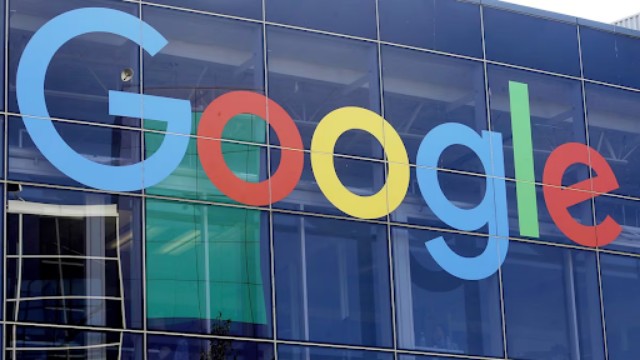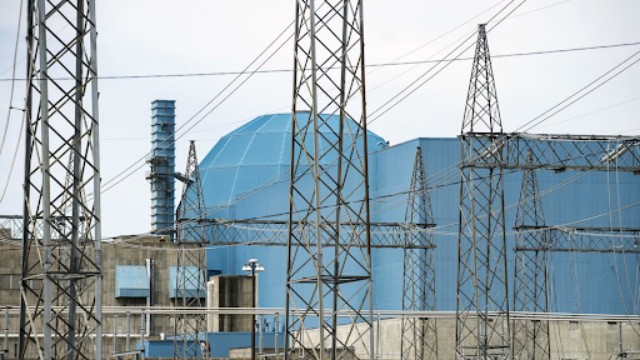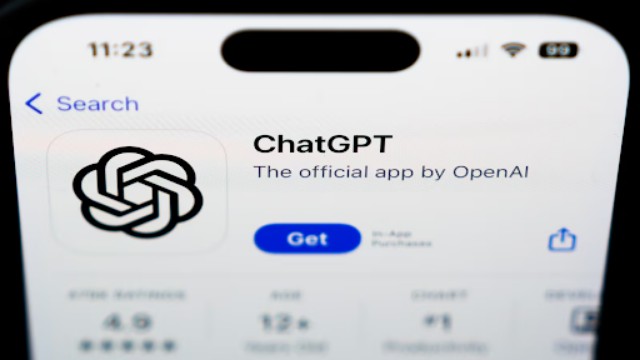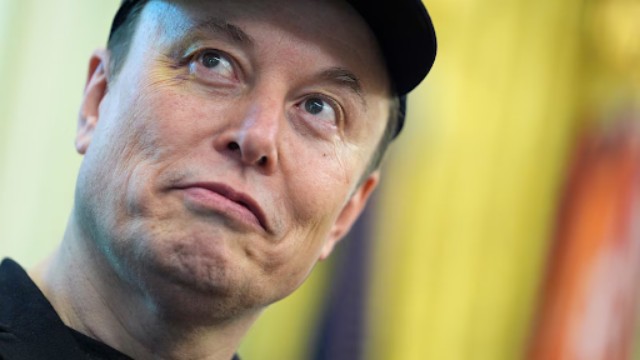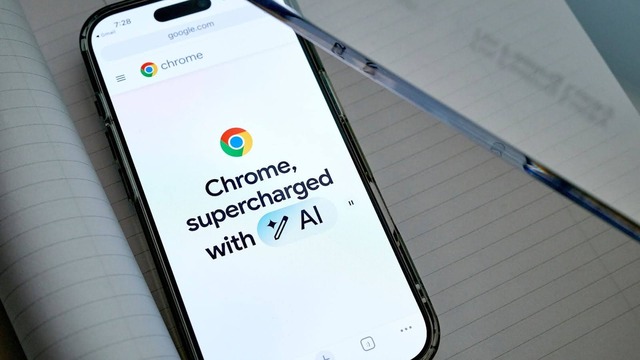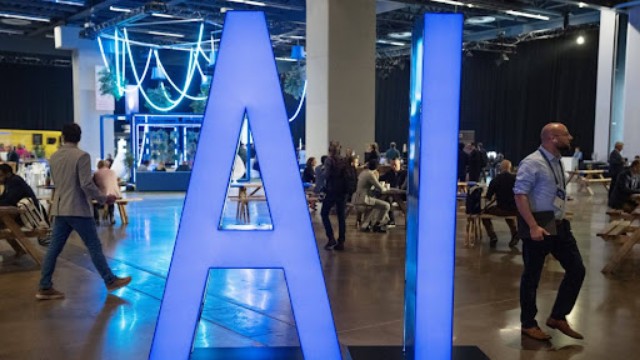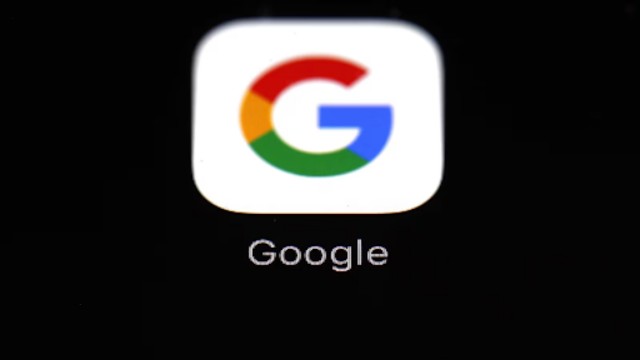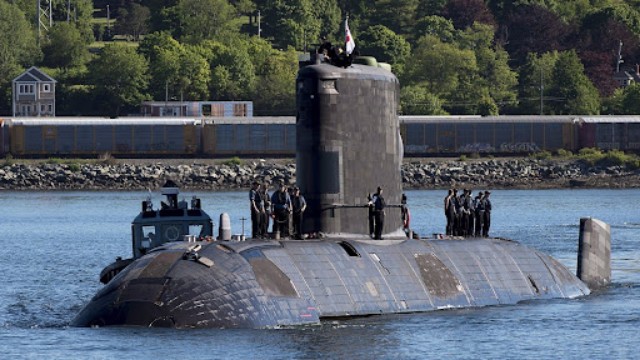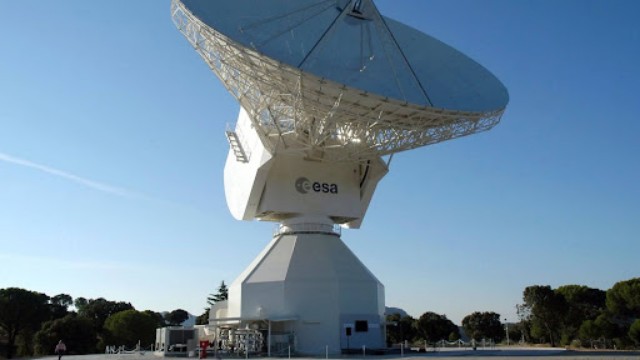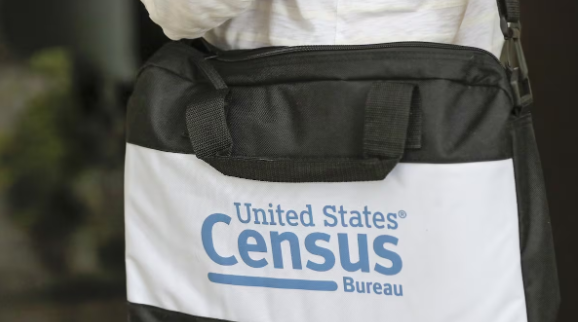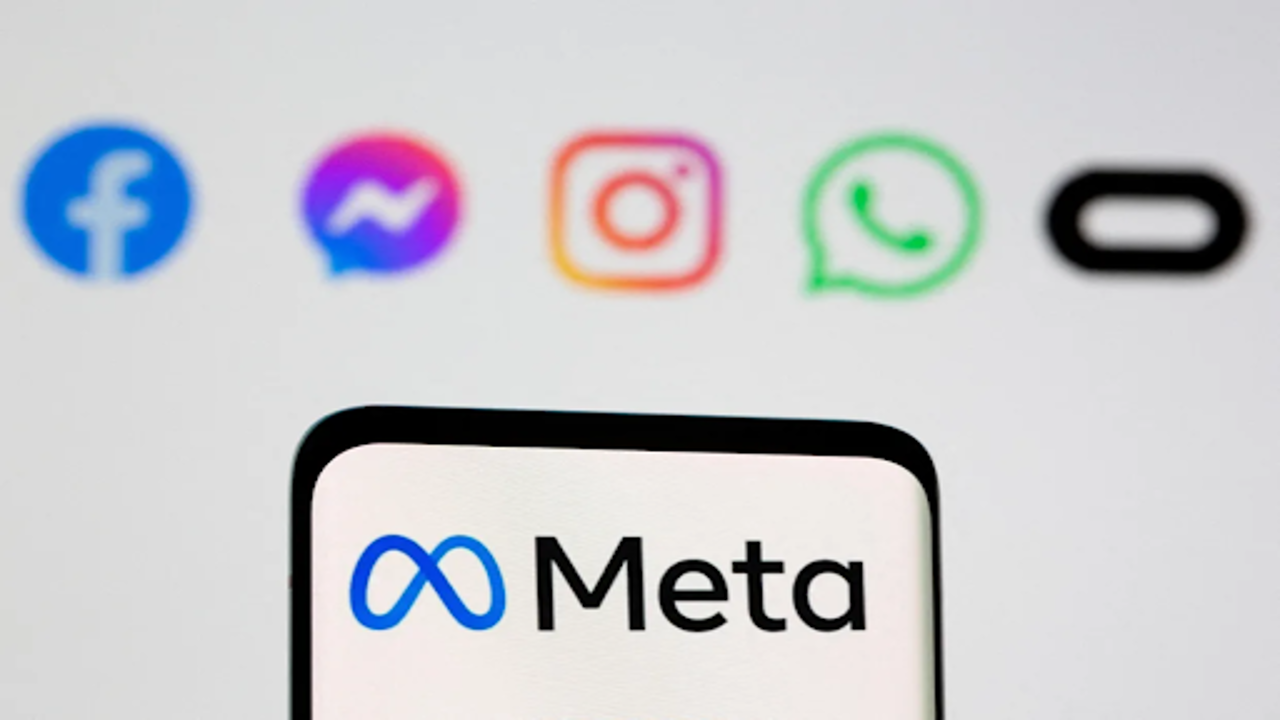
Meta is reportedly planning to invest $10 billion in building an underwater internet cable system that will connect countries worldwide, according to Reuters.
Meta is reportedly working on an ambitious $10 billion project to build a fibre-optic subsea internet cable spanning the globe. First revealed by subsea cable expert Sunil Tagare, the initiative could be officially announced next year. Sources familiar with Meta’s plans told TechCrunch that the project is still in its early stages.
Building such a vast infrastructure comes with challenges. Only a few specialized contractors can handle such projects, and most are already committed to other clients. If Meta proceeds, it may take years before the cable becomes operational.
This marks a significant shift for Meta, which is currently a part-owner of several subsea networks but has never solely owned or operated one. Once completed, Meta’s cable will exclusively serve its platforms, unlike companies like Amazon and Microsoft, which rely on shared networks. Interestingly, Meta’s platforms reportedly account for about 10% of global fixed internet usage and 22% of mobile traffic.
Meta’s motivation for this project seems tied to its growing international presence. Currently, most of its revenue comes from markets outside North America. By owning its infrastructure, Meta aims to enhance the stability of its services worldwide. While internet providers will still connect users' devices, Meta’s cable could strengthen its control over its global operations.
The cable’s proposed route reflects careful planning. It would stretch over 25,000 miles, starting from the U.S. east coast, passing through South Africa, India, and northern Australia, and eventually reaching the U.S. west coast. This path avoids areas with known vulnerabilities, such as the Red Sea and the South China Sea, as well as regions with significant geopolitical tensions like Egypt and the Straits of Malacca.
Recent incidents highlight the importance of such careful routing. In the Baltic Sea, two undersea cables were recently severed, reportedly by a Chinese trawler dragging its anchor, potentially under Russian influence. Such events underscore the risks of relying on fragile or poorly protected networks.
For Meta, this cable is more than a technological feat—it’s a strategic move to safeguard its global reach. By ensuring reliable infrastructure, the company hopes to meet the demands of its vast user base while staying ahead in an increasingly competitive digital landscape.


